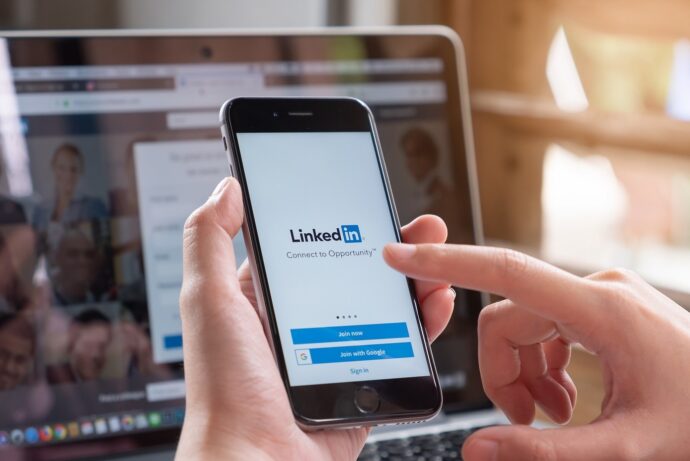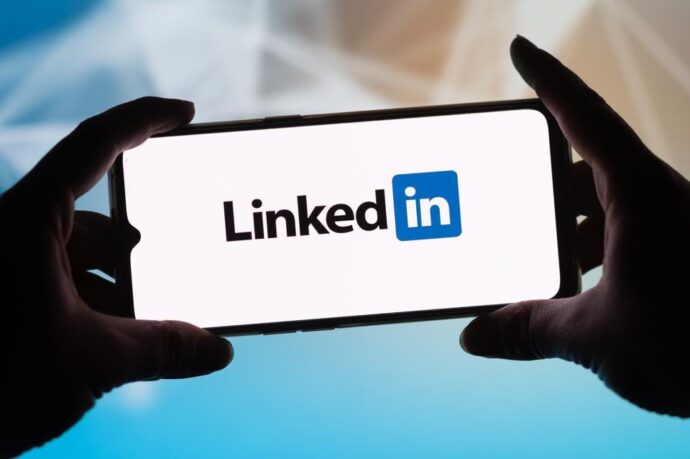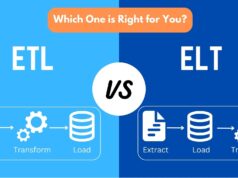In the digital era in which we find ourselves, social networks have become an essential tool for any business. One of the most prominent and widely used platforms is LinkedIn, which has become the ideal place for lead generation.
Generating leads on LinkedIn is a challenging but highly effective task if used correctly. Through this platform, you can establish connections with professionals in your industry, capture the attention of potential customers, and increase the visibility of your business. But how to do it? We’ll talk about that below.
LinkedIn as a lead generation platform
LinkedIn has become a crucial platform for business networking, making it an ideal platform for lead generation. LinkedIn allows businesses to connect with professionals in their industry and beyond, making it an excellent tool for B2B lead generation. By leveraging LinkedIn’s extensive network, companies can reach potential customers, partners, and collaborators, expanding their reach and driving revenue.
One of LinkedIn’s most powerful features is its search function. The advanced search function allows users to filter results based on specific criteria, such as job title, industry, location, and more.
By using these filters, companies can narrow their search to find the most relevant leads for their products or services. This targeted approach can save time and resources while increasing the chances of converting leads into customers.
Having a solid LinkedIn profile is essential to building and strengthening your brand. A well-crafted profile can make a significant difference when it comes to generating leads on LinkedIn and generating business opportunities. It is essential to have a professional photo, a compelling headline, and a summary that highlights your skills and experience.
In addition, companies can use LinkedIn to showcase their products or services, post thought leadership content, and interact with their audience. By consistently maintaining an active and engaging profile, companies can establish themselves as industry leaders and generate high-quality LinkedIn leads.
In conclusion, LinkedIn offers a powerful platform for lead generation, with its extensive network, powerful search functionality, and personal branding opportunities. By implementing a comprehensive LinkedIn lead generation strategy, companies can expand their reach, attract high-quality leads, and drive revenue growth.
Strategies for Effective Lead Generation on LinkedIn

One of the most effective strategies for lead generation on LinkedIn is to create a targeted network. This involves identifying and connecting with people who fit your ideal customer or client profile, including industry leaders, decision-makers, and potential partners.
By building a network of relevant connections, you can increase your visibility and establish yourself as a valuable and credible resource within your niche. To build a targeted network, consider the following:
- Conducting advanced searches using LinkedIn’s search filters.
- Joining relevant groups and communities.
- Interacting with your existing connections through comments, shares, and messages.
- Customizing connection requests to demonstrate your value proposition.
By building a targeted network, you can expand your reach and increase your chances of generating high-quality leads.
Creating and sharing engaging content is another essential strategy for lead generation on LinkedIn. By producing relevant, informative, high-quality content, you can attract and engage your target audience, positioning yourself as a thought leader within your industry.
This can help build trust and credibility, encouraging potential customers to reach out and learn more about your products or services. To create engaging content, consider the following:
- Identify your target audience and their pain points.
- Conducting keyword research to optimize your content for search.
- Use eye-catching visuals and multimedia to enhance your content.
- Incorporating calls to action to encourage engagement and lead capture.
Moreover, leveraging LinkedIn groups and communities is another effective strategy for lead generation. By joining relevant groups and communities, you can connect with like-minded individuals and potential customers, increasing your visibility and establishing yourself as a valuable resource within your niche.
So, to make the most of LinkedIn groups and communities, consider the following:
- Identify and join groups related to your industry or target audience.
- Interact with group members through comments, shares, and direct messages.
- Share valuable content and resources within the group.
- Offer your expertise and knowledge to group members.
By actively participating in relevant groups and communities, you can expand your network, build relationships, and generate high-quality LinkedIn leads.
Tools and resources to optimize lead generation on LinkedIn

LinkedIn Sales Navigator is a powerful tool for optimizing lead generation on LinkedIn. It provides advanced search filters that allow users to segment their ideal profiles and target them more effectively.
With Sales Navigator, users can also save leads, receive lead recommendations, and track their interaction with leads.
This LinkedIn tool is particularly useful for B2B lead generation, as it allows users to identify key decision-makers and stakeholders within target companies. By using Sales Navigator, companies can increase their chances of generating high-quality LinkedIn leads.
Third-party LinkedIn automation tools can also be effective for lead generation. These tools focus on automating outreach activities, such as profile views, connection requests, and LinkedIn messages. By automating these tasks, companies can save time and increase their outreach efforts, ultimately generating more leads and conversions.

However, it is important to use these tools ethically and avoid spamming or violating LinkedIn’s terms of service. Some popular third-party tools for LinkedIn automation include Dux-Soup, Meet Leonard, and Linked Helper.
Measuring success and adjusting strategies is crucial to optimizing lead generation on LinkedIn. Companies should track key metrics, such as leads generated, engagement rates, and conversion rates, to determine the effectiveness of their strategies.
By analyzing this data, companies can identify areas for improvement and adjust their strategies accordingly. In addition, companies should regularly update their buyer profiles and content strategies to ensure they are effectively targeting their ideal audience.
By continually refining their strategies and using the right tools and resources, companies can expand their reach and generate high-quality leads on LinkedIn.
















